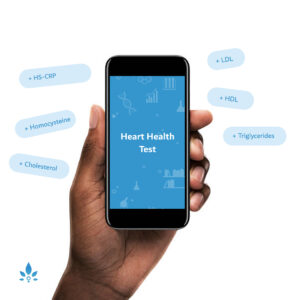6 Ways Cancer is Diagnosed in Children


Childhood cancers are some of the parents’ greatest fears. While they are reassuringly rare, it’s still a good idea to become acquainted with the basic approach used to identify childhood cancers in the unlikely event it affects your family. Cancer occurs when cells begin to grow and multiply out of control.
Just as with adult cancers, there are many types of childhood cancers, and the individual diagnosis depends on the type. For example, a cancer of the blood and cancer of the brain are diagnosed differently. There are, however, some common tools and steps used in almost every cancer. If your pediatrician suspects cancer after conducting a basic investigation, your child might be referred to a pediatric oncologist or a doctor who specializes in childhood cancers.
In the preliminary phases, some of the tests used to detect childhood cancers include:
Medical history. If you’ve noticed recent changes in your child, such as unusual fatigue, appetite loss, or unexplained weight loss, a physician will want to know these and other symptoms. Because some childhood cancers, such as acute leukemia, can occur rapidly, a physician will likely ask when symptoms first started.
A physical examination is also important in diagnosing childhood cancers. For lymphomas or cancers that affect a child’s lymph nodes, a physician may be able to feel small, hard, and painless lumps in the neck, groin, or underarm region. In some infants, a bulging soft spot or enlarged head can indicate a brain tumor. An enlarged liver or spleen can also be a cancer finding.
Blood testing. Pediatric cancers of the blood, or leukemias, are the most common cancer type, according to the American Cancer Society. A physician may conduct blood testing to determine the number of red blood cells, white blood cells, and platelets in the body.
Urine testing. Some tumors, such as neuroblastomas, can produce hormones known as catecholamines that are present in the blood and/or urine. A urine test can indicate if these hormones are in the urine.
Imaging scans. Imaging scans can reveal the inner portions of the body, helping a physician to detect the presence of tumors or collections of cancerous cells. The type of imaging scan depends upon cancer suspected. For example, a magnetic resonance imaging (MRI) scan is more likely to detect brain and spinal cord tumors while a computed tomography (CT) scan is more accurate at detecting sarcomas that affect bone or muscle tissues. X-rays and ultrasounds are additional imaging examples.
Tumor biopsies. Not all tumors or lumps of cells are cancerous. Some tumors are benign, which means non-cancerous. To help a pediatric oncologist detect the difference, a tissue biopsy may be performed. A biopsy involves taking a sample of the tumor and sending it to a laboratory. There, a physician known as a pathologist can look at the tissue sample under a microscope to detect cancerous cells.
Sources:
- American Cancer Society
- How Is Childhood Leukemia Diagnosed?
American Cancer Society - How Is Neuroblastoma Diagnosed?
American Cancer Society - What Are the Most Common Types of Childhood Cancer?
National Cancer Institute - Childhood Cancers.
National Cancer Institute - A Snapshot of Pediatric Cancers.
Powered by Bundoo®












































